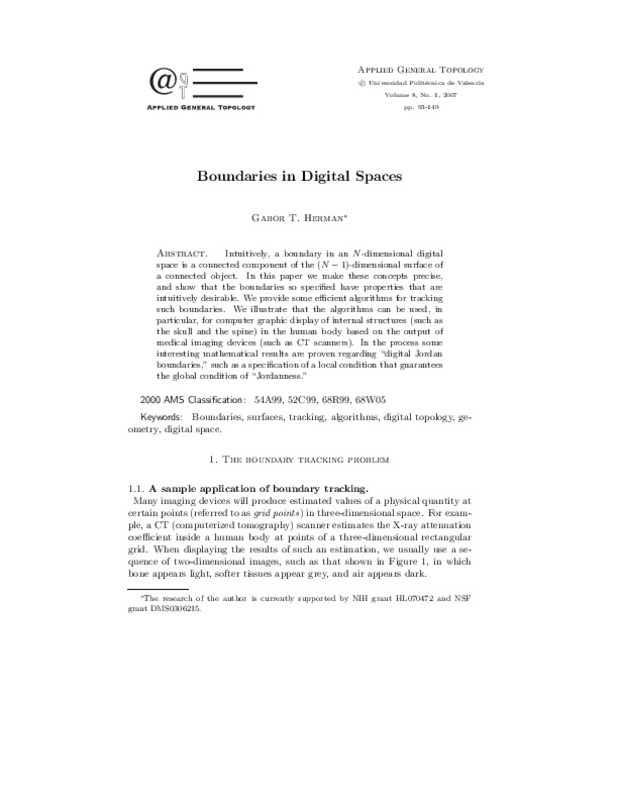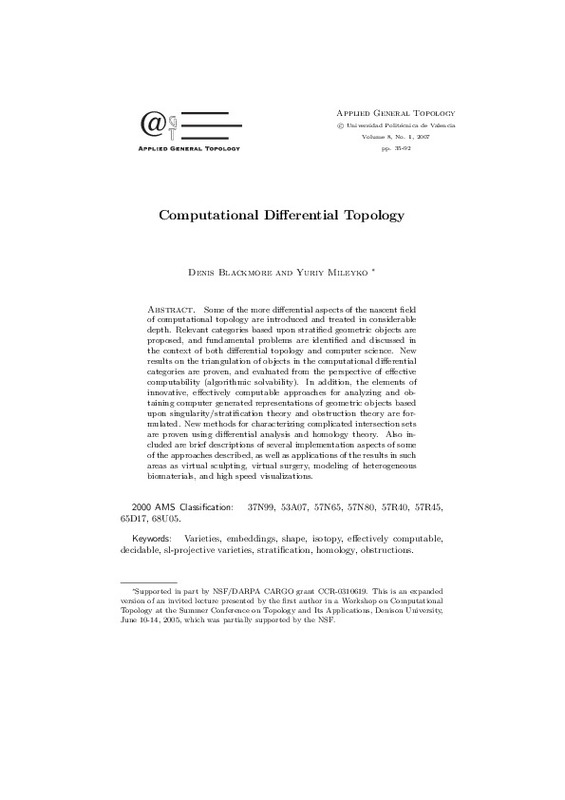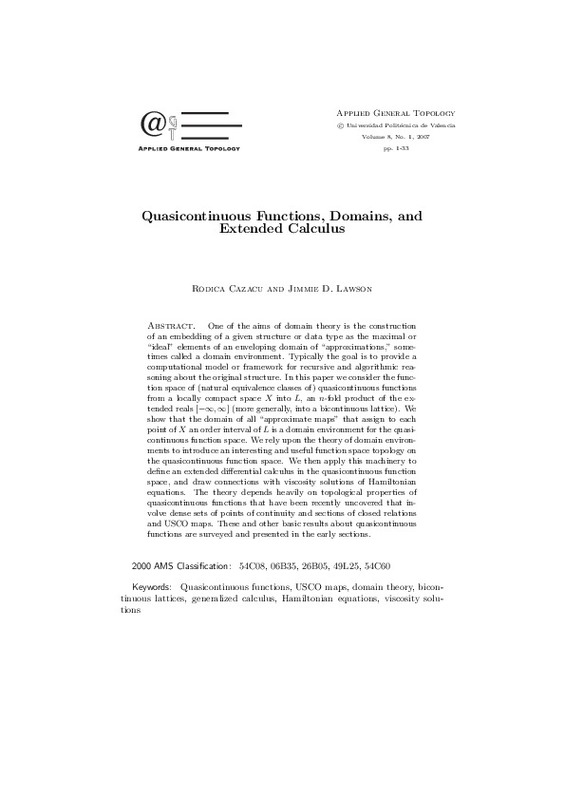- RiuNet repositorio UPV
- :
- Investigación
- :
- Material investigación. Editorial UPV
- :
- Revistas UPV. Editorial UPV
- :
- Applied General Topology
- :
- Applied General Topology - Vol 08, No 1 (2007)
JavaScript is disabled for your browser. Some features of this site may not work without it.







